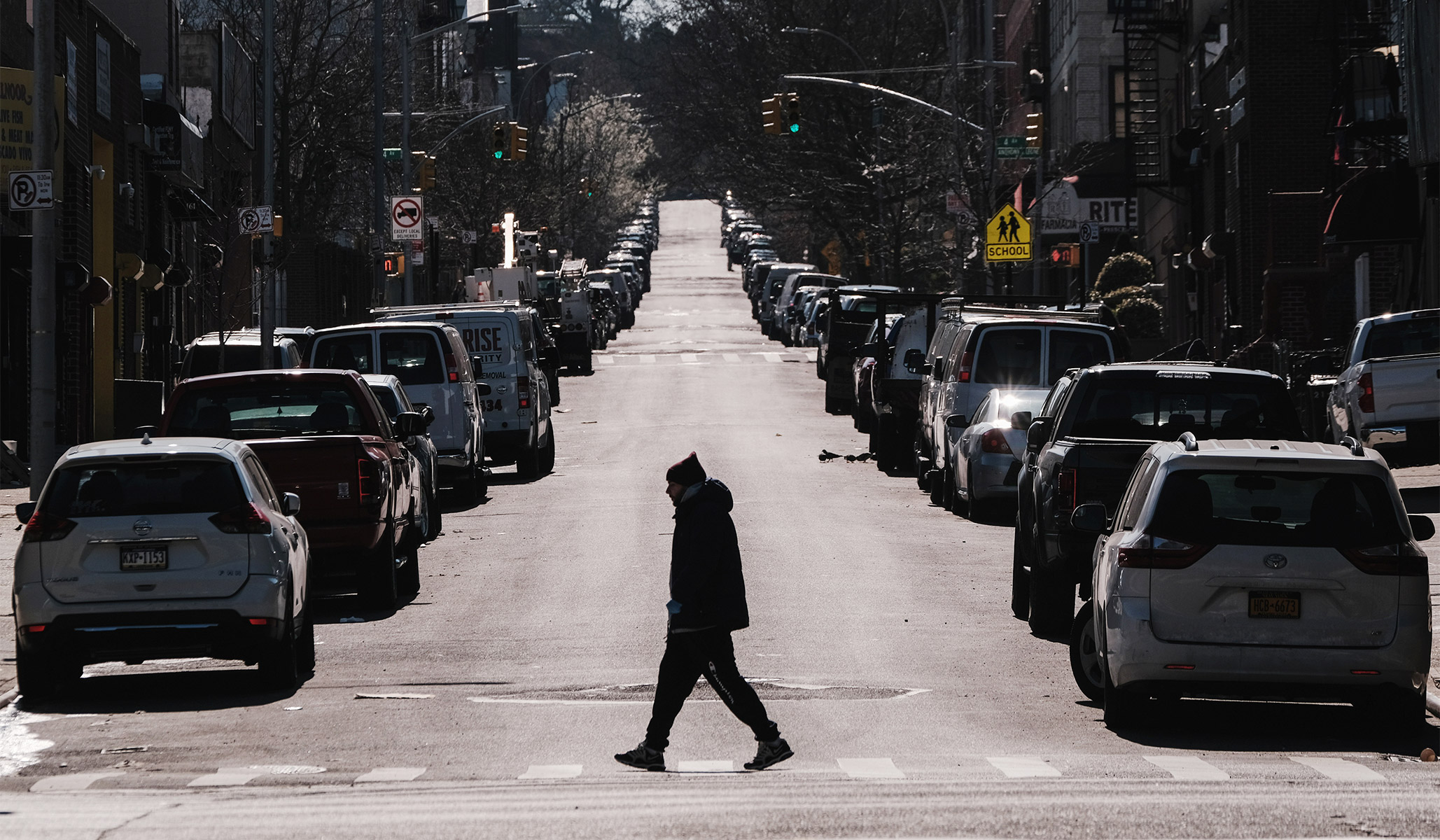By: Philippe Lemoine – nationalreview.com –
Uncertainty still reigns, so prepare for the worst. A lockdown would be prudent, not the end of the world.
As of today, half of mankind is confined at home because of the coronavirus pandemic, although the severity of the confinement varies greatly depending on countries and regions. This situation must be all the more disconcerting given that, less than a month ago, many government officials and public-health experts were still claiming that Western countries would be able to weather the storm without any difficulty and encouraging people not to change their behavior because of the virus. On that point, Trump’s handling of this crisis has been atrocious, but as Zeynep Tufekci recently pointed out, he’s hardly the only one to have underestimated the seriousness of the threat.
Although I think people underestimated the seriousness of the threat until recently, many now seem to underestimate how much uncertainty there is about what is going to happen. To be clear: No matter where we are headed exactly, this is no flu. As of March 29 in France, 2,606 people who tested positive for COVID-19 had died in hospitals alone. Perhaps even more worrisome, there were already 4,632 people in intensive-care units, up from approximately 1,500 one week earlier. Between the number of people who left intensive care because they had died and those who left because their condition had improved, it means that probably almost twice as many people have already required admission to intensive care since the beginning of the outbreak in France. By comparison, during the entire 2018–19 season, 490 people who had the flu died in hospitals, and 2,915 people required admission to intensive care. Not only are we already way past that with the COVID-19 pandemic, but, even in the most optimistic scenario that I consider plausible, those figures will be at least 15 times higher.
Although it seems clear now that COVID-19 is putting health-care systems around the world under considerably more stress than the flu does, and although I’m strongly in favor of confinement until we know more, I think there is still much uncertainty about exactly how bad the situation is and that people are wrong to assume that this pandemic will kill millions of people. That apocalyptic prediction found strong support on March 16, after a team of prestigious epidemiologists at Imperial College London published a paper on their simulations of the epidemic. Their simulations undermine the strategy of curve-flattening, which consists of slowing the spread of the pandemic to prevent hospital services from being overwhelmed by the number of cases to be treated without seeking to suppress it completely.
Indeed, according to the results of their simulations, the policies that have been proposed to implement such a strategy would not prevent hospital systems from being overwhelmed even in developed countries: In the best-case scenario, the need for ICU beds would be eight times greater than our capacity. If nothing is done, the death toll would be over 2 million in the United States, and, even in the best-case scenario, policies aimed simply at slowing the pandemic without suppressing it would only halve that figure. The authors of the study therefore conclude that, in order to avoid carnage, trying to mitigate the pandemic would be insufficient and that only a strategy aimed at suppressing it was viable. However, their simulations show that it would then be necessary to remain confined until a vaccine or other pharmaceutical solution became available. That could take more than a year.
The problem is that, as I argue in a very long piece in which I dissected the model in detail, it’s doubtful that we can trust the results of those simulations. In a nutshell, the model used to carry them starts by generating a population of several million individuals (the size varies depending on the country for which we want to simulate the spread of the epidemic) distributed over the territory in such a way as to reproduce the distribution of the population in reality. At each step of the simulation, each corresponding to a period of eight hours in reality, the model calculates the probability that each individual was infected during the period. The probability is based on the people he or she met at work, at home or at school, and in the community and on whether they were infected.
The different policies that can be adopted to fight the epidemic affect the rate of contact between people in each of these environments and, therefore, affect the results of the simulation. The main goal of this exercise was to predict with precision how different combinations of policies would stress the health-care system and affect the eventual death toll. Once a combination of policies has been chosen, one just has to run the simulation for a while to see how the pandemic unfolds over time. The authors of the study ran this simulation several times with different combinations of policies in place to see how each affects the spread of the epidemic. That’s how they arrived at the conclusions I described briefly above.
To see this article, and others from National Review, click read more.
Source: Coronavirus Pandemic: Common Sense Dictates Prudence | National Review
 Listen Online
Listen Online Watch Online
Watch Online Find a Station in Your Area
Find a Station in Your Area







 Listen Now
Listen Now Watch Online
Watch Online
